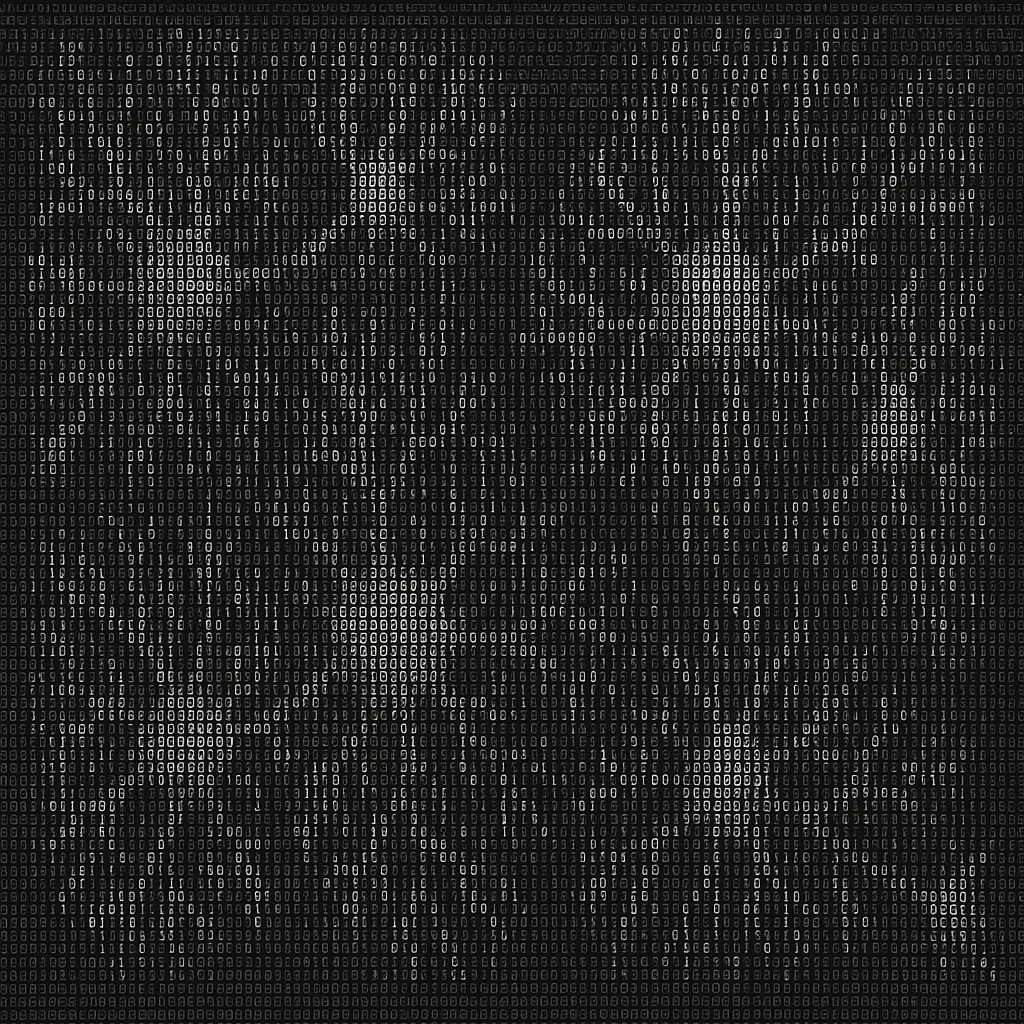Imagine standing beneath an ancient tree. Its branches stretch in every direction, splitting and twisting into endless filigree. Now shrink yourself down to the scale of a single neuron, and you’ll find a nearly identical sight inside your own brain.
This is the dendritic tree — a fractal forest that allows neurons to listen, learn, and compute. It’s not just a pretty shape. It’s the hidden architecture of thought itself.
The Forest Inside Each Neuron
Every neuron has three main parts: a cell body, a long axon to send messages, and dendrites to receive them. But those dendrites don’t simply wait like empty wires. They reach outward in patterns as intricate as coral reefs or lightning bolts, forming what scientists call the dendritic tree.
Each branch is studded with spines — tiny knobs where incoming signals land. One neuron can host thousands of these spines, connecting it into the vast social network of the brain. The dendritic tree is the neuron’s way of keeping its ears wide open.
Different Trees, Different Stories
If dendrites are trees, then the brain is a jungle — full of species, each evolved for a purpose.
- Pyramidal neurons, found in the cortex, stand like towering oaks. Their long apical branches collect distant signals, while their smaller basal branches handle local chatter. They specialize in blending sensation with memory — the fabric of thought.
- Purkinje cells, deep in the cerebellum, look more like ferns. Their elaborate, fan-shaped branches can host over 100,000 inputs, helping us coordinate movement with pinpoint accuracy.
- Interneurons are the shrubs and undergrowth, compact and local, keeping the ecosystem balanced by controlling rhythms and flow.
- And in the retina, ganglion cells spread differently depending on whether they’re tuned for fine details or sweeping patterns — the difference between reading fine print and catching a glimpse of a hawk in the sky.
Every shape tells a story. The geometry of the tree reflects the life it leads.
Where Computation Lives
For decades, neuroscientists assumed neurons were simple: signals came in, added up, and triggered a spike if the total was big enough. A kind of biological calculator.
But dendrites changed that picture. We now know they are active processors. Each branch is capable of making decisions. Some act like logic gates — firing only when multiple inputs arrive together, or filtering signals depending on context. Others act as timing devices, sensitive to inputs arriving within a few thousandths of a second.
One dendritic tree isn’t a single pathway. It’s a collection of circuits — a micro-network, a forest of thoughts in miniature.
Why Trees Matter for Machines
This discovery doesn’t just reframe neuroscience. It could reshape computing.
Artificial intelligence today runs on simplified models of neurons — dots connected by lines, summing and firing. Effective, yes, but a pale shadow of biology. Imagine if each artificial “neuron” carried its own branching structure, capable of local logic, context-filtering, and temporal precision. One biological neuron might be more powerful than an entire layer of today’s AI.
The dendritic tree suggests a roadmap: fractal, branching architectures that do more with less. Systems that don’t need brute-force power because they’re clever at the edge, processing information locally before passing it upward.
Nature already solved this puzzle. We just haven’t caught up yet.
The Secret Garden of the Brain
In the end, dendritic trees remind us that intelligence is not centralized. It’s not a single voice shouting commands. It’s a forest of whispers, each branch making sense of the world in its own way, then joining into the chorus of thought.
So the next time you look at a tree swaying in the wind, imagine that inside your own head, millions of tiny forests are alive with electric storms — branches learning, filtering, and dreaming. The dendritic tree is more than biology. It’s the geometry of mind.




